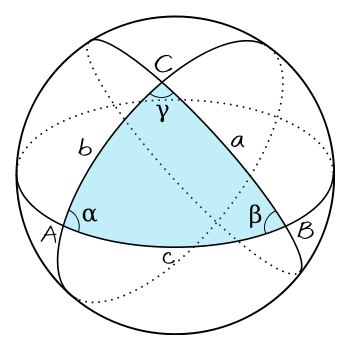Calculating the molecular formula of caffeine? Caffeine, contains 49.48% Carbon, 5.15% Hydrogen, 28.87% nitrogen, 16.49% oxygen. It has a molar mass of 194.2 gmol -1.
2 Answers
Explanation:
The way I tackle these problems is using a process that goes like this:
Percent to mass; mass to mole; divide by small; multiply 'til whole
So first we want to take the percents and make them masses. We assume we have a 100g sample of caffeine, and so 49.48% Carbon is equal to 49.48 g of Carbon in the sample, 5.15% Hydrogen is equal to 5.15 g of Hydrogen in the sample, and so on.
Now we take those numbers and convert them to moles of the element we are dealing with, so:
Now we divide all the moles by the smallest number of moles, in this case the 1.03 from Oxygen. So:
Since all the numbers are already whole we can skip the last part and go to an empirical formula:
Now we have to check the molar mass of the empirical formula to make sure it matches up with the molar mass given:
Hope this helped!
Explanation:
For a start we establish the
And to this end we assume
We normalize the result by dividing thru by the LOWEST molar quantity, that of
And we know that the
And thus we got....
This approach is standard for the calculation of (i) the


